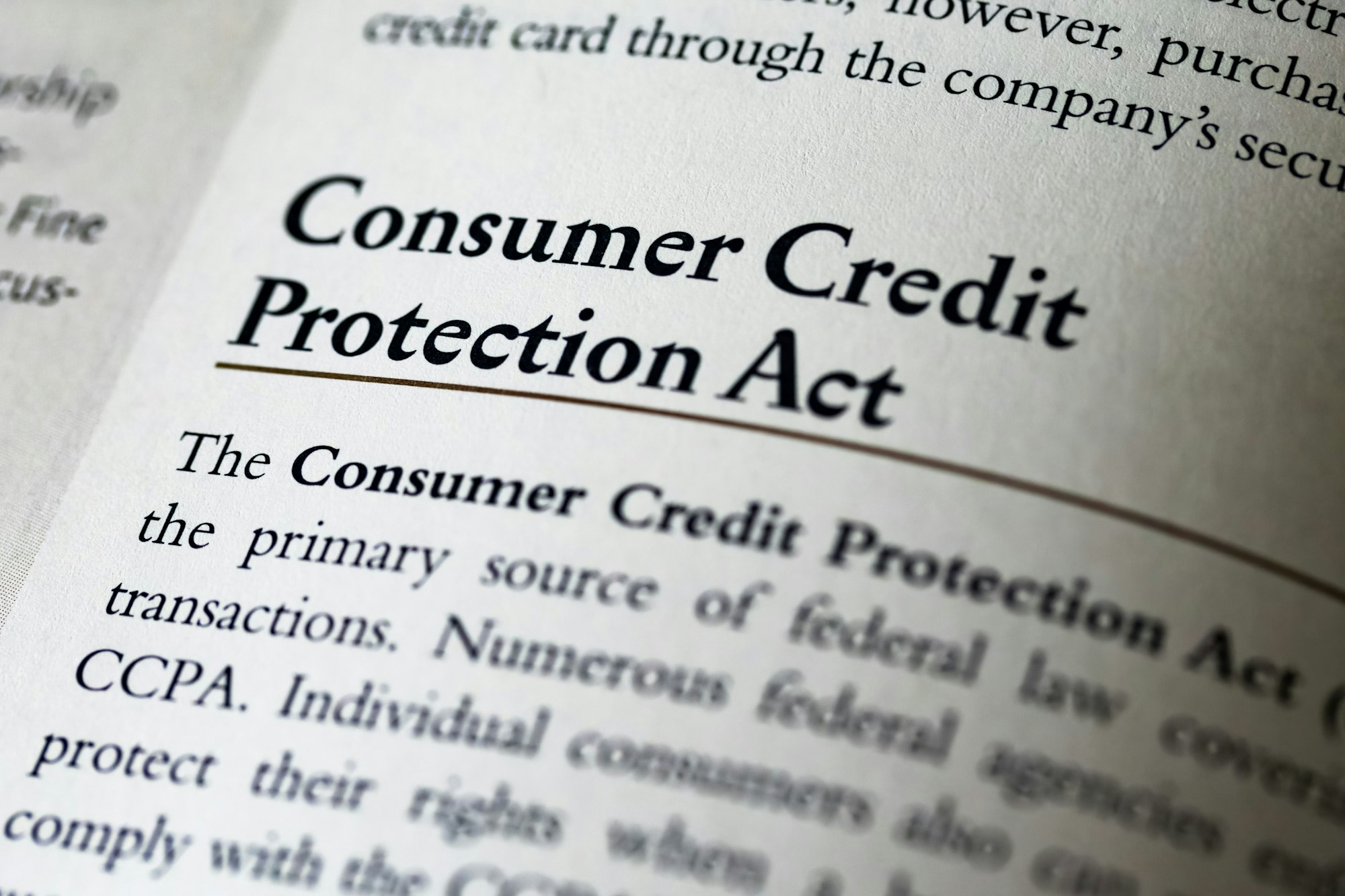What’s AI According to the EU, and How’s It Looking Out for You?
The EU’s Take on Artificial Intelligence
So, the European Union has this new rulebook in the making for AI, stuff like ChatGPT. They describe AI as these smart tools that keep learning from what we feed them, helping them make decisions or predictions that can change stuff around us.

Keeping AI in Check for Your Sake
The big plan? To make AI as trustworthy as your bank app, making sure it’s safe and doesn’t mess up. The EU wants to lead the way in how the world handles tech rules, aiming to keep everyone’s trust in AI tech.
The Good, the Risky, and the Not-Allowed in AI
Drawing the Line on AI Dangers and Who Gets a Pass
This new rule wants to shut down AI that’s too risky, like tech that can trick you big time or guess if you’ll do something wrong in the future. But, they’re okay with it if it’s for the army or keeping the country safe, which has some folks worried about loopholes.
Extra Eyes on AI That Could Cause Trouble
For AI used in super important areas like hospitals or schools, there’s going to be a lot of checking up. They need to be super careful, let people know how they’re being used, and have someone making sure they don’t go rogue.
The Deal with AI That Creates Stuff and Fake Videos
Rules for AI That Makes New Content
For AI that can whip up texts or images, there are rules to make sure they play nice with copyright laws and tell people how they were trained. The really critical AI creators will have to follow stricter rules.
Keeping It Real with Deepfakes
When it comes to AI making fake videos or images, they need to be upfront if something’s been tampered with. There are some exceptions for art or jokes, but if it’s something important, it needs a real person checking it before it goes public.
What Businesses Think and What Happens If They Don’t Play Ball
The Business Side of Things
Big tech companies are kind of on board with these rules, seeing them as a chance to innovate safely. But, there’s worry that all these rules might push AI businesses out of Europe to places with fewer hoops to jump through.
The Consequences of Not Following the Rules
Not sticking to the rules could cost companies a lot of money in fines, depending on how bad they mess up and how big they are. The EU is also setting up a special office to keep an eye on AI, showing they’re serious about making these rules work worldwide.
So, that’s the scoop on the EU’s plans to regulate AI, aiming to keep it safe, fair, and in line with what’s best for everyone. It’s about balancing innovation with making sure AI doesn’t get out of hand.

FAQ: Understanding the EU’s Proposed AI Regulations
1. What defines artificial intelligence (AI) under the EU’s proposed regulations?
The EU’s proposed regulations describe AI as systems that can learn and adapt after they’re deployed. This means tools like ChatGPT, which evolve based on new data, making predictions or decisions that can impact real-world scenarios.
2. How does the EU plan to protect consumers from AI?
The EU aims to make AI systems as secure as banking apps by enforcing rigorous safety checks. The goal is to maintain user trust by ensuring AI tools are reliable and safe, setting a standard for how technology is regulated globally.
3. What kinds of AI uses are considered unacceptable under these regulations?
The regulations aim to ban AI systems that pose significant risks, such as technologies capable of manipulation or predicting criminal behavior. However, exemptions are made for military and national security purposes, raising concerns about potential misuse.
4. How will the regulations affect AI that generates new content, like text and images?
Generative AI, responsible for creating new content, must comply with EU copyright laws and provide clear training data summaries. High-risk generative AI will face stricter oversight to ensure ethical use.
5. What are the penalties for not complying with the EU’s AI regulations?
Companies that don’t follow these new rules could face hefty fines, with the amount depending on the severity of the violation and the company’s size. The establishment of a European AI office underscores the EU’s commitment to enforcing these regulations and setting a precedent for global AI practices.
Sources The Guardian


